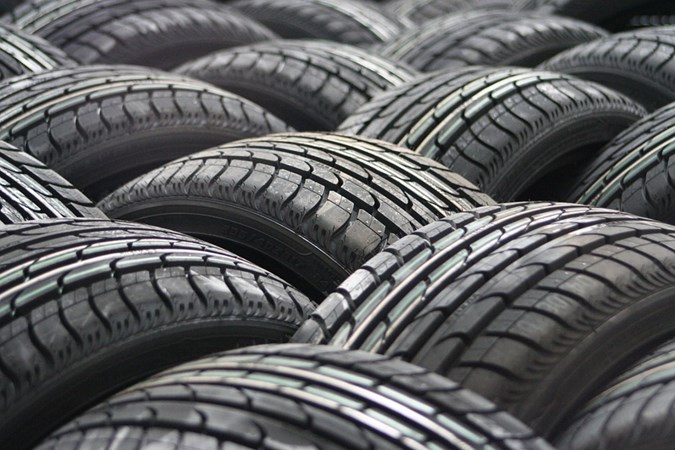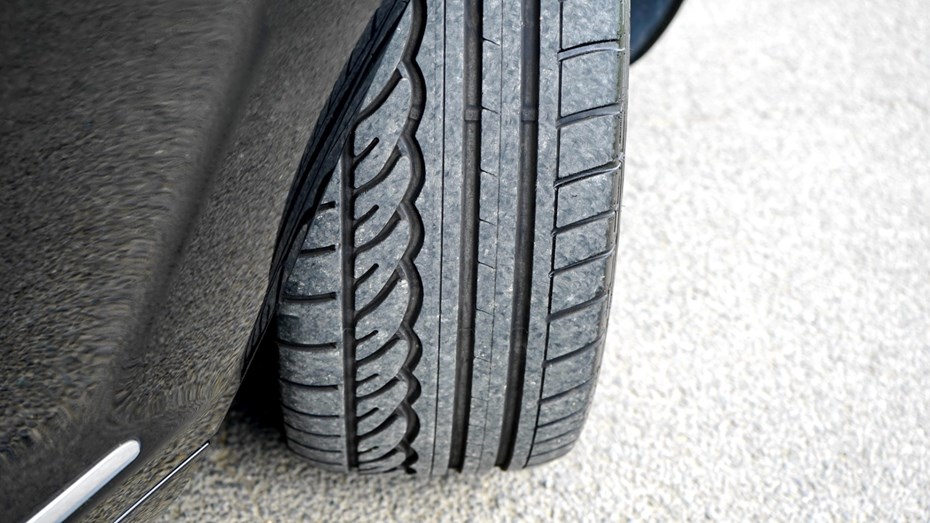It can be incredibly frustrating when one of your car’s tyres picks up a puncture, but you don’t necessarily have to stop and faff around fitting the spare wheel. Not if your car is fitted with a type of tyre that’s specifically designed to be driven on even if all the air has escaped from it – the run flat tyre.
With run flat tyres, you can carry on driving to a nearby tyre shop to have the tyre replaced. It’s arguably a safer, certainly a much more convenient, solution to a spare wheel or tyre sealant kit. But run flat tyres are not without their issues.
In this guide, we’re going to explain everything you need to know about run flat tyres, how they work and what the advantages and disadvantages to having them on your car are.
How do run flat tyres work?
The principle behind run flat tyres is remarkably simple. You’re probably aware that, when a tyre has little to no air in it, the sides squash down under the weight of the car. That’s one of the reasons driving on a flat tyre can be so dangerous – the stress on the sides can cause the tyre to tear itself apart.
Run flat tyres simply have much thicker, stronger sides that are better able to support the weight of the car when the air has escaped. They will still squash down a bit, but they’re safe to continue driving on when a regular tyre wouldn’t be.
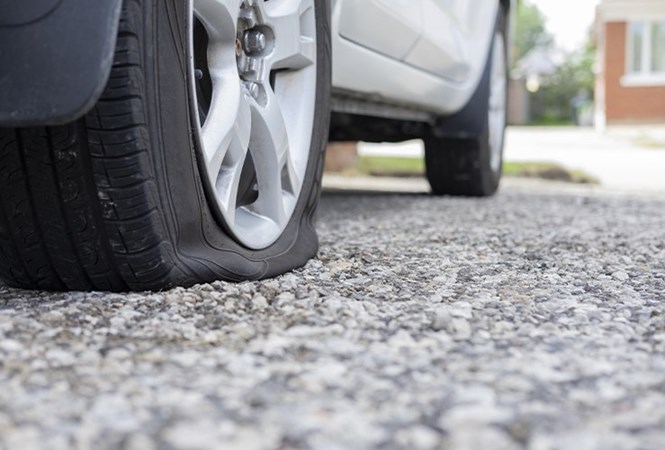
How do I drive on run flat tyres?
Under normal circumstances, you can drive a car on run flat tyres in exactly the same way as you would with normal tyres. However, if a run flat does pick up a puncture, you do need to change how you drive.
Though it is stronger than a regular tyre, a run flat is under a lot of stress when there’s no air in it and it could fail if you carry on driving normally. You need to slow down to the maximum speed the tyre is designed for – you’ll find that among the information on the side of the tyre – and you need to drive more carefully. Steer and brake as gently as possible and be prepared for the car to take longer to react than normal, as you would when driving in the rain.

Can you put air in a run flat tyre?
They may be different in many ways, but one way in which a run flat tyre is exactly the same as any other type of tyre is that you pump it up with air.
How do I know when a run flat tyre is punctured?
Every car that was fitted with run flat tyres by its manufacturer has a tyre pressure monitoring system that shows a warning in the car’s instrument cluster if one of the tyres drops below a certain pressure. When that happens, you should drive slowly and carefully to the nearest fuel station and use the airline to pump up the tyres, or use a portable tyre inflator if you have one. False warnings are not unknown so, if there is sufficient pressure in the tyre, you don’t need to worry. If the tyre can’t be pumped up, it has a puncture.
If you had a regular tyre, you’d then need to put the car’s spare wheel on or use the tyre sealant kit. But, with a run flat tyre, you can continue your journey, albeit it at reduced speed.
Can you repair run flat tyres?
No. The reinforced structure of a run flat tyre is too intricate and thick to be repaired if there’s a hole in it, as a conventional tyre can be. The only option is scrap the tyre and replace it with a new one.
How long does a run flat tyre last when punctured?
Run flat tyres are designed to be driven for only about 50 miles after being punctured. It that’s enough to get you home, great, but make sure you get to a tyre shop and have the tyre replaced as soon as possible. If you’ve still got a long way to go, get yourself to the nearest tyre shop. That may not be an option, though, in which case you’ll have to call out a breakdown service that may be able to affect a temporary repair or recover your car to a garage.
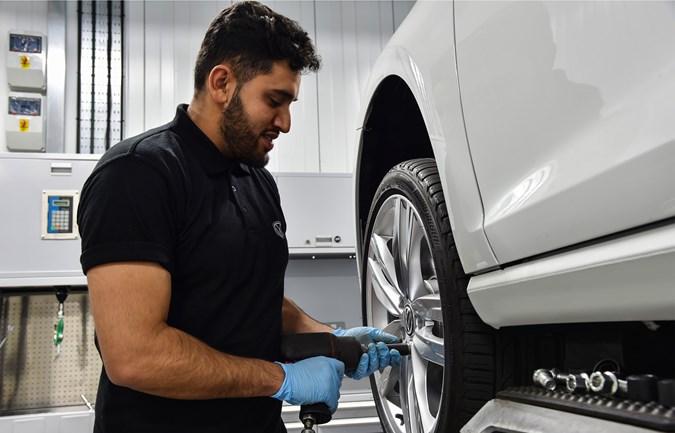
Are run flat tyres better?
The key advantage of run flat tyres is that they allow you to continue your journey for long enough to get home, or to a tyre shop, if one gets punctured. When that happens, you do have to slow down, drive a bit more carefully and have the tyre repaired or replaced as soon as possible. But that bit of inconvenience pales in comparison to the hassle of changing a wheel or using a sealant kit at the roadside.
What is the disadvantage of a run flat tyre?
There are several issues with run flat tyres to bear in mind. Their stronger sides provide less cushioning than regular tyres, so cars they’re fitted to often have quite a firm ride. The reinforced design of run flats also means they usually can’t be repaired to fix a puncture. Instead, they’re generally scrapped and replaced, at which point you face the fact that run flats cost quite a lot more to buy than regular tyres.
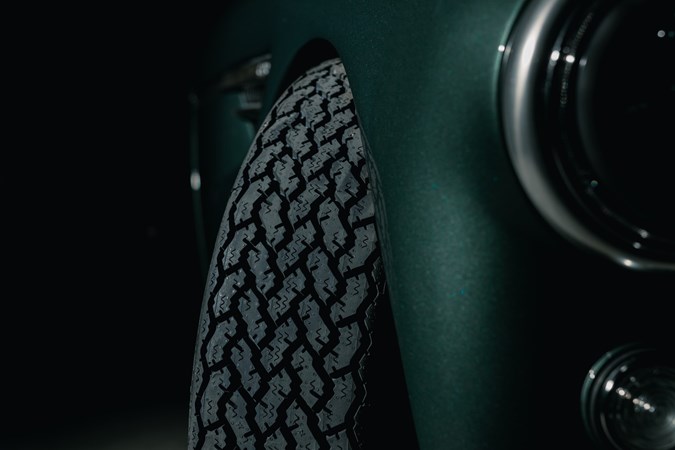
What cars have run flat tyres?
Run flat tyres are used a by number of different manufacturers including BMW, MINI, Mercedes and Audi. It’s not always obvious if a car is fitted with them; the information on the side of the tyre will tell you if it is, or just search the tyre’s make and model online to find out if it is a run flat. Another clue to look out for is the absence of a spare wheel or tyre sealant kit in the car’s boot.
Can I fit run flat tyres to a car that doesn’t have them?
There’s nothing to stop you doing so, however it’s not really advisable. Because the side of a run flat tyre is so stiff, the suspension of cars they’re fitted to is a bit softer to compensate. Run flats can be too stiff for a car that wasn’t designed with them in mind and might adversely affect its handling.
It’s also not advisable to fit regular tyres to a car that was designed to use run flats. Don’t mix and match regular and run flat tyres, either.
